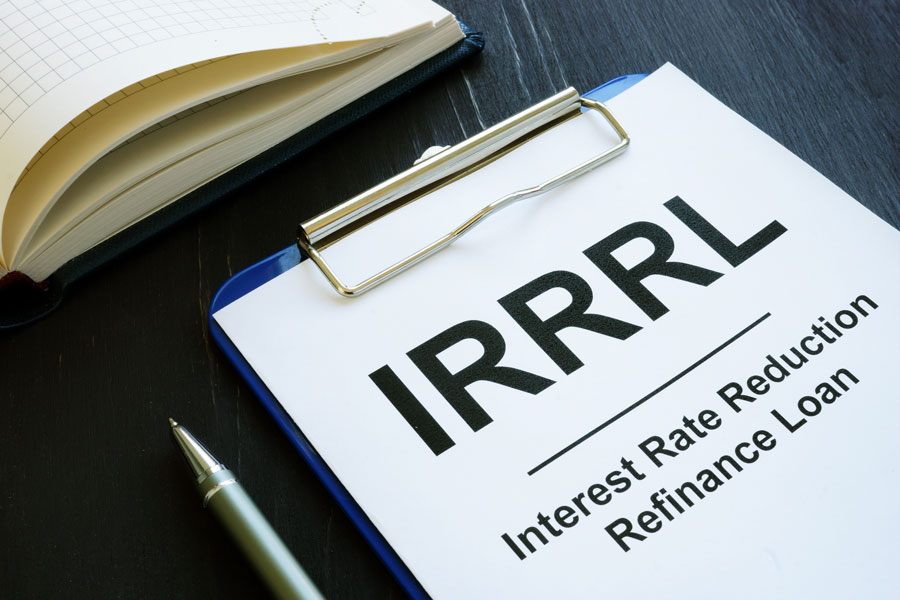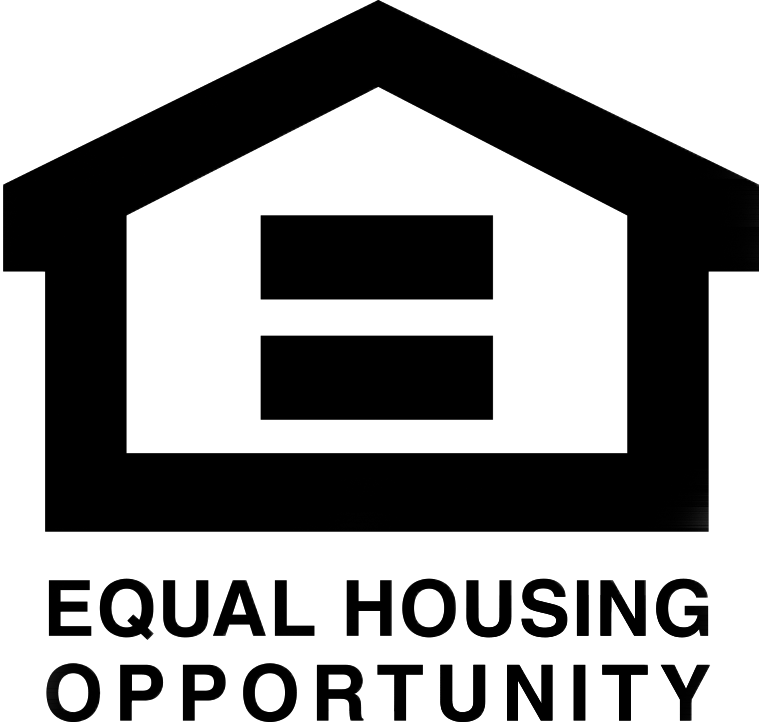For Existing VA Backed Home Loans
The VA loan program enables eligible veterans, active-duty service members, reservists, National Guard personnel and qualifying surviving spouses to gain access to mortgages on homes backed by the Department of Veterans Affairs (VA) without a down payment or private mortgage insurance. It’s one way the U.S. Government can reward the men and women in uniform who put their lives on the line to keep our country safe.

While a VA Streamline may sound like a great course of action to pursue, there are cons associated with them as well. Firstly, you must be on time with your mortgage payments; you cannot be over 30 days late on a payment within the last 6 to 12 months, depending on your qualification level.
However, even with the backing of a VA loan, these days it’s all too easy for anyone to fall upon hard times and need a little extra assistance. If you have a VA loan and you’re having difficulty making your monthly payments, you might want to look into a VA Streamline, otherwise known as a VA Interest Rate Reduction Refinance Loan (IRRRL), which may help you to refinance your existing loan to a lower interest rate.
The phrases “IRRRL” and “VA Streamline” are used interchangeably, with lenders often using the latter term to signify that the IRRRL process, when compared to most other refinancing options, is typically simpler, faster, and less expensive.
A IRRRL can help someone with a VA loan switch from an adjustable-rate mortgage (ARM) to a fixed rate mortgage where you can lower your monthly interest rate or change your repayment term. Only someone with an existing VA loan can take advantage of a VA Streamline, and if you would like to convert the equity that you’ve built up in your home to cash, you must undergo the entire VA cash-out refinance process.
How Does a VA Streamline Refinance Work?
When a borrower applies for a full refinance, they are essentially going through nearly the same exact process they went through when they first purchased their home, including a new appraisal, new title search, and new recording fees.
However, with a VA Streamline, more often than not there is no new appraisal and the underwriting is normally simplified. The VA also does not require a minimum credit score or verification of employment, unlike a typical lender. As long as you are making your mortgage payments on time and are up to date on them, a qualified borrower should be approved for a streamline loan.
For a VA Streamline, you’ll need to perform a new title search and purchase a new title insurance policy for the lender; the streamlined process typically is an expedited one, and even the closing costs can normally be rolled into the new loan.
One of the requirements that the VA has for a VA Streamline is that the new terms will enable you to have an immediate financial benefit; examples of this would be a lower interest rate and/or a lower monthly payment on your new loan. If a VA Streamline would provide no immediate financial benefit, and a borrower is only applying for one for reasons that do not directly relate to their finances, the loan will be not be allowed to proceed.
Qualifying for and securing a VA Streamline has many advantages, including securing a borrower with one of the lowest interest rates available; it is recommended that you research current mortgage rates and speak with a few different lenders in order to find the best streamline rate possible.
Other advantages include lower monthly payments on your loan, which could stem from either either an increased term on the loan, or the aforementioned lower interest rate if the length of the home loan remains the same.
The VA loan program requires borrowers to pay an upfront funding fee, which is typically between 1.25 and 3.3 percent of the loan amount; however, for a VA Streamline, the amount of the funding fee in all cases is always 0.5 percent of the loan amount.
And the final advantage of a VA Streamline is that this form of refinancing could enable a borrower to move from an adjustable-rate mortgage (ARM) to a fixed rate loan, which would allow them to lock in a single interest rate for the life of the loan, as opposed to the fluctuation that an ARM can experience overtime.
Remember, in addition, only qualified service members or surviving spouses with current VA loans can utilize a VA Streamline, and they can only be used for your current primary residence. You can change a lender or the specifics of your mortgage, but not the actual property itself.
While the eligibility requirements are softer when compared to typical, non-VA loans, they nonetheless remain strict; you must already have a VA loan, you need to be in good standing with your lender, current on your mortgage payments, and able to prove that utilizing a VA Streamline will improve your interest rate.
On top of closing costs, there are also funding fees associated with a VA Streamline, but if these fees are rolled over into the new loan balance, you’ll be paying additional interest on your loan. And depending on your situation, you may walk away with a lower interest rate but a longer mortgage length, meaning it will take more time to pay off your loan.
The final consideration that should be made with VA Streamlines is that a borrower must wait 270 days from the closing of their original mortgage to apply for one. They are also required to have made six consecutive monthly payments on their loan, and there must be at minimum of 210 days between the first mortgage payment and the closing on the VA Streamline.
As you can see, they were great many advantages to refinancing your VA loan with a VA Streamline, and while there are some drawbacks associated with the process, typically the good far outweighs the bad and allows qualified borrowers to greatly improve their financial standing while drawing on the equity that they’ve built up in their home.
If you have an existing VA home loan and you want to reduce your monthly mortgage payments – or make your payments more stable an interest rate reduction refinance loan (IRRRL) may be right for you. Refinancing lets you replace your current loan with a new one under different terms.
Recap: Why might I want to get an IRRRL?
Often called a “streamline” refinance, an IRRRL may help you to:
- Lower your monthly mortgage payment by getting you a lower interest rate, or
- Make your monthly payments more stable by moving from a loan with an adjustable or variable interest rate (an interest rate that changes over time) to one that’s fixed (the same interest rate over the life of the loan).
On a no-down-payment loan, you can borrow up to the Fannie Mae/Freddie Mac conforming loan limit in most areas—and more in some high-cost counties. You can borrow more than this amount if you want to make a down payment.
Before you decide to refinance, divide your closing costs by how much you expect to save every month by refinancing to see if it’s worth it. While your lender can advise you on the costs and benefits of the transaction, you’ll want to be sure you understand what you’re getting into.
Recap: Am I eligible for an IRRRL?
You may be able to get an IRRRL if you meet all of the requirements listed below.
All of these must be true.
- You already have a VA-backed home loan, and
- You are using the IRRRL to refinance your existing VA-backed home loan, and
- You can certify that you currently live in or used to live in the home covered by the loan
Note: If you have a second mortgage on the home, the holder must agree to make your new VA-backed loan the first mortgage.
Recap: How do I get an IRRRL?
Call us to get started or just fill out our online application. If you have the Certificate of Eligibility (COE) you used to get your original VA-backed home loan have it ready to show prior use of your entitlement. If you don’t have your original COE, ask us to get your COE electronically through the VA Home Loan program portal.
You may need to pay a VA funding fee. This one-time fee helps to lower the cost of the loan for U.S. taxpayers since the VA home loan program doesn’t require down payments or monthly mortgage insurance. The lender may charge interest on the loan in addition to minimal closing fees. With an IRRRL, you can include these costs in the new loan so you don’t have to pay up front. Or, you may be able to make the new loan at an interest rate high enough so the lender can pay the costs.

